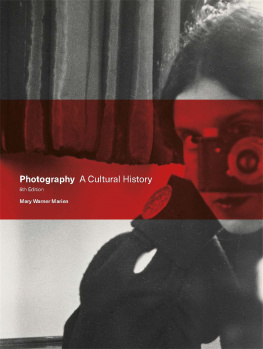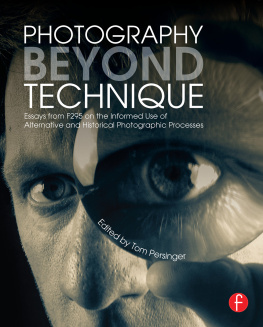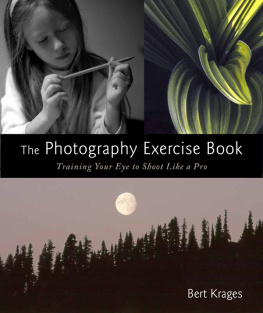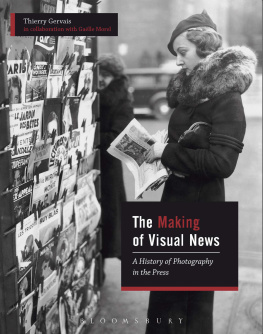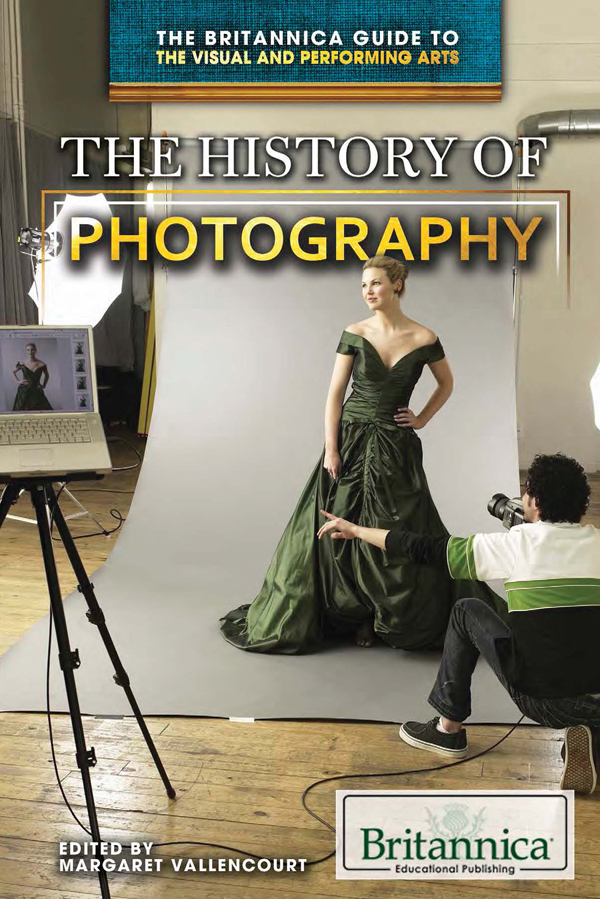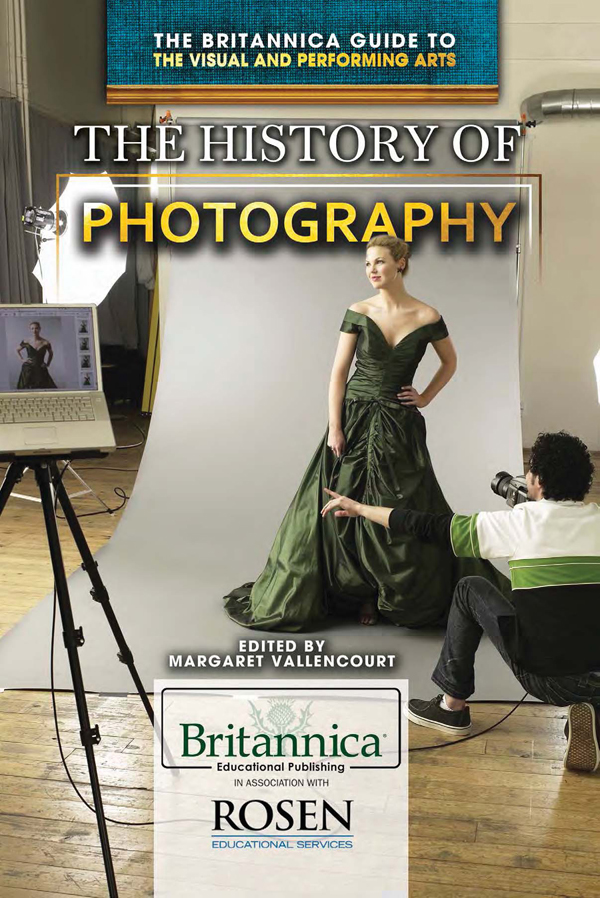
Published in 2016 by Britannica Educational Publishing (a trademark of Encyclopdia Britannica, Inc.) in association with The Rosen Publishing Group, Inc.
29 East 21st Street, New York, NY 10010
Copyright 2016 The Rosen Publishing Group, Inc., and Encyclopdia Britannica, Inc. Encyclopaedia Britannica, Britannica, and the Thistle logo are registered trademarks of Encyclopdia Britannica, Inc. All rights reserved.
Rosen Publishing materials copyright 2016 The Rosen Publishing Group, Inc. All rights reserved.
Distributed exclusively by Rosen Publishing.
To see additional Britannica Educational Publishing titles, go to rosenpublishing.com.
First Edition
Britannica Educational Publishing
J.E. Luebering: Director, Core Reference Group
Anthony L. Green: Editor, Comptons by Britannica
Rosen Publishing
Hope Lourie Killcoyne: Executive Editor
Christine Poolos: Editor
Nelson S: Art Director
Nicole Russo: Designer
Cindy Reiman: Photography Manager
Library of Congress Cataloging-in-Publication Data
The history of photography/edited by Margaret Vallencourt.First edition.
pages cm.(The Britannica guide to the visual and performing arts)
Includes bibliographical references and index.
ISBN 978-1-6804-8074-0 (eBook)
1. PhotographyHistoryJuvenile literature. I. Vallencourt, Margaret, editor.
TR149.H56 2016
770.9dc23
2014039882
Photo credits: Cover, p. i Ryan McVay/The Image Bank/Getty Images; pp. xi, 137, 146, 154 AP Images; p. xvi Edward Steichen/The Life Picture Collection/Getty Images; p. xxi Larry Burrows/The Life Picture Collection/Getty Images; p. 2 Photos.com/Jupiterimages; p. 7 Collection de la Socit Francaie de Photographie, Paris; p. 11 The Mansell Collection/Art Resource, NY; p. 21 Science & Society Picture Library/Getty Images; pp. 29, 35, 42, 56, 75, 93 Library of Congress Prints and Photographs Division; p. 39 Courtesy of the Caisse Nationale des Monuments Historiques, Paris; pp. 48, 61, 95, 119, 165 Library of Congress, Washington, D.C.; p. 68 Royal Photographic Society/SSPL/Getty Images; p. 80 1971, Aperture Foundation, Inc., Paul Strand Archive; p. 84 Edward Weston; p. 99 Universal History Archive/UIG/Getty Images; p. 101 Oli Scarff/Getty Images; p. 107 W. Eugene Smith/The Life Picture Collection/Getty Images; p. 131 Anthony Barboza/Archive Photos/Getty Images; p. 142 Roz Kelly/Michael Ochs Archives/Getty Images; p. 152 Hulton Archive/Getty Images; p. 179 Getty Images; cover and interior pages graphic elements David M. Schrader/Shutterstock.com, E_K/Shutterstock.com, Valentin Agapov/Shutterstock.com, argus/Shutterstock.com, Iakov Filimonov/Shutterstock.com.
CONTENTS
T he word photography comes from two ancient Greek words: photo, for light, and graph, for drawing. Drawing with light is a way of describing photography. When a photograph is made, light or some other form of radiant energy, such as X-rays, is used to record a picture of an object or scene on a light-sensitive surface. Early photographs were called sun pictures, because sunlight itself was used to create the image.
Humans have been creating images at least since cave paintings of some 20,000 years ago. With the invention of photography, a realistic image that would have taken a skilled artist hours or even days to draw could be recorded in exact detail within a fraction of a second. Today, photography has become a powerful means of communication and a mode of visual expression that touches human life in many ways. For example, photography has become popular as a means of crystallizing memories.
Most of the billions of photographs taken today are casual records to document personal events such as vacations, birthdays, and weddings. Photographs are used extensively by newspapers, magazines, books, and television to convey information and advertise products and services.
Practical applications of photography are found in nearly every human endeavor from astronomy to medical diagnosis to industrial quality control. Photography extends human vision into the realm of objects that are invisible because they are too small or too distant, or events that occur too rapidly for the naked eye to detect. A camera can be used in locations too dangerous for humans. Photographs can also be objects of art that explore the human condition and provide aesthetic pleasure. And for many, photography is a satisfying hobby or a rewarding career.
PHOTOGRAPHY IN COMMUNICATION
Since its invention in 1839, photographys unique powers of visual description have been used to record, report, and inform. People prefer to see things with their own eyes, but when this is impossible the camera can often serve the same purpose almost as well. It is not true that photographs never liethey can be falsified and manipulated. Nevertheless, a photograph can carry a strong measure of authenticity and conviction. As a nonverbal means of communication, photography can surmount the barriers of language and communicate through universal visual symbols.
Photographs are well suited for use in the mass media. Today they are reproduced by the billions, and they can be found everywhere: in the pages of newspapers, magazines, books, catalogs, and brochures; on display in billboards, shop windows, and posters; broadcast over television; and organized into slide shows and film strips.
In photographys early days some of its most eagerly sought images were those brought back by explorers and travelers. These would satisfy peoples curiosity about distant places like China, Egypt, and the American West. That same kind of curiosity exists today. People are fascinated with photographs of the surface of the moon, the landscape of Mars, and the appearance of other planets in the solar system.

Photojournalists capture images of events and places that most people cannot access, such as this Joel Meyerowitz photo of Ground Zero following the 9/11 attacks.
Photographs in the mass-communication media have made the faces of political leaders, popular entertainers, and other celebrities familiar to the public. When a newsworthy event occurs, photojournalists are there to record it. Photojournalists sometimes spend months covering a story. The result of such labor is often a powerful, revealing picture essay that probes far beneath the surface of events.
Photography is also essential to the advertising industry. In efforts to sell a product, attractive photographs of the item are used. Photography is also widely used in education and training within the academic world, industry, and the armed services.
Photographs are also often used in attempts to sway public opinion. Governments, political parties, and special-interest groups have long used the graphic representation and emotional impact of photographs to further their causes. Such use may result in destructive propaganda, such as that of the Nazis during the Third Reich. Significant changes have been brought about by way of photography. Photographs of the Yellowstone region, for example, were instrumental in Congresss decision to establish that area as a national park in 1872; and photographs of child laborers helped to bring about legislation protecting children from exploitation as early as 1916.


